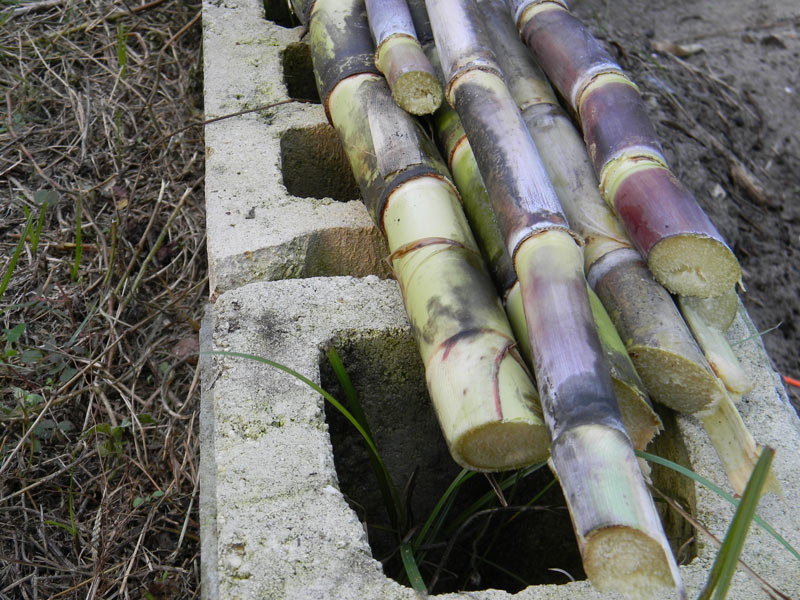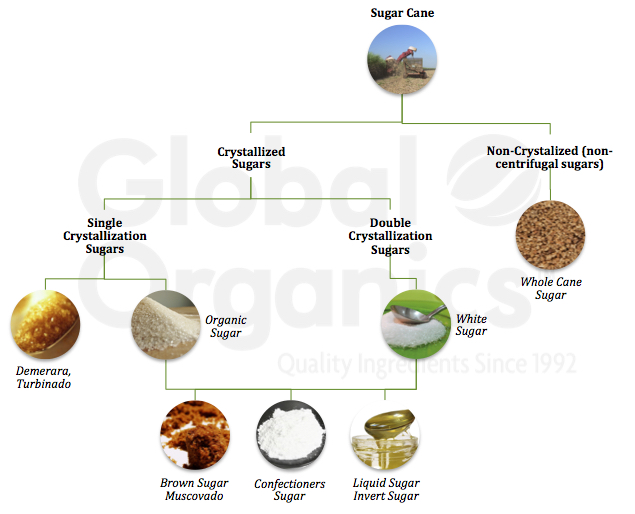Why Cane Sugar Handling Chemicals Are Important for Modern Sugar Refining
The role of walking stick sugar handling chemicals in contemporary sugar refining can not be overemphasized, as they are essential to boosting both the efficiency of extraction and the general high quality of the end product. Agents such as phosphoric acid and particular flocculants are used to eliminate pollutants, leading to sugar that not just satisfies customer assumptions but likewise sticks to industry standards. Nevertheless, the ramifications of these chemicals prolong beyond high quality, discussing market characteristics and ecological factors to consider. This elevates important questions about the sustainability of such methods and their effect on the future of sugar manufacturing.
Role of Processing Chemicals
The efficacy of walking stick sugar processing hinges considerably on the tactical application of processing chemicals. These chemicals play an essential function in enhancing the performance and top quality of sugar removal and refining. From the first stages of juice extraction to the last purification steps, processing chemicals facilitate numerous important operations.
In the extraction stage, chemicals such as phosphoric acid and calcium hydroxide are used to optimize the clarification procedure, helping to get rid of pollutants and suspended solids from the walking stick juice. This not just enhances the yield yet also guarantees the quality of the last product. Furthermore, representatives like flocculants help in the quick settling of contaminations, thereby streamlining the total process.
Turned on carbon and ion exchange resins serve to get rid of shade and smell, making certain that the polished sugar satisfies consumer high quality requirements. Hence, the meticulous selection and application of these chemicals are important for achieving optimal outcomes in cane sugar handling.
Secret Kinds Of Chemicals
Walking cane sugar handling depends on a variety of essential chemicals that assist in each stage of manufacturing. These chemicals play important functions in clearing up, lightening, and detoxifying the sugar extracted from walking stick.
One key category of chemicals includes flocculants, such as polyacrylamide, which aid in the information process by advertising the aggregation and settling of contaminations. In addition, calcium hydroxide is often employed to neutralize level of acidity and aid in the elimination of non-sugar parts.
Lightening representatives, such as turned on carbon and sulfur dioxide, are made use of to decolorize the syrup, causing a more clear end product. These chemicals assist remove shade compounds that may affect the sugar's look and marketability.
Furthermore, phosphoric acid works as a pH regulatory authority throughout the handling phases, ensuring optimum problems for the chemical tasks entailed in sugar removal and purification.
Other essential agents consist of edta (ethylenediaminetetraacetic acid), which chelates steel ions that might catalyze unwanted reactions, and sodium hydroxide, which assists in pH control throughout the refining procedure. Collectively, these chemicals boost effectiveness and make sure a high-grade walking stick sugar product.
Advantages for Sugar Quality
Often overlooked, making use of certain handling chemicals substantially boosts the general quality of walking stick sugar. These chemicals play a pivotal duty in refining processes, making sure that the final item meets stringent market standards for purity and preference.

In addition, refining chemicals help in accomplishing a constant granulation and structure, which are important for customer approval. By regulating the formation process, these chemicals guarantee that the sugar crystals form uniformly, resulting in a more appealing item that liquifies well in different applications.
Furthermore, making use of these chemicals can improve the service life of cane sugar by minimizing dampness absorption and microbial development. In general, the strategic application of site link handling chemicals is necessary for supplying high-quality cane sugar that satisfies consumer expectations and market demands.
Environmental Impact Considerations

Furthermore, the energy-intensive nature of sugar refining, worsened by chemical usage, frequently leads to boosted carbon discharges. This adds to environment change and raises issues relating to the sustainability of present refining methods. In addition, the sourcing of these chemicals might entail techniques that intimidate biodiversity, such as monoculture farming, which minimizes the durability of farming ecosystems.

To mitigate these impacts, sugar refiners are significantly discovering sustainable choices and taking on finest practices that minimize chemical use. Applying extensive environmental monitoring systems can aid make sure that the refining process aligns with ecological criteria and promotes biodiversity. Ultimately, a well balanced approach that focuses on both sugar high quality and environmental stewardship is crucial for the long-lasting feasibility of the sugar sector.
Future Fads in Refining
As the sugar sector comes to grips with the ecological difficulties linked with standard refining techniques, cutting-edge techniques are emerging to improve both performance and sustainability. One substantial fad is the fostering of eco-friendly chemistry principles, which focus on the use of safe, eco-friendly processing chemicals. This change not only lessens environmental influence but additionally addresses consumer need for cleaner manufacturing approaches.
One more encouraging advancement is the execution of advanced filtering modern technologies, such as membrane splitting up and adsorption processes. These techniques boost the quality and top quality of the sugar while minimizing the quantity of wastewater produced throughout refining. Additionally, the combination of digital innovations, consisting of IoT and AI, is changing functional efficiency by allowing real-time surveillance and anticipating upkeep, therefore lessening source waste.
In addition, making use of by-products from sugar refining, article source such as bagasse and molasses, is acquiring traction. These products can be exchanged biofuels or value-added items, adding to a round economy within the industry. Jointly, these trends signal a shift towards even more lasting techniques that not only enhance operational efficiency however likewise align with worldwide sustainability goals, making sure the future feasibility of sugar refining.
Verdict
Walking stick sugar handling chemicals are essential in modern sugar refining, considerably enhancing the efficiency and top quality of sugar removal. The strategic use these chemicals not just boosts the pureness and taste of the final item however likewise makes sure constant condensation and texture. As the industry increasingly focuses on sustainability, the fostering of environmentally-friendly processing agents is most likely to form future patterns in refining, ultimately leading to better items and prolonged service life for consumers.

Eventually, a well balanced strategy that prioritizes both sugar high quality and ecological stewardship is important for the lasting practicality of the sugar sector.
Walking cane sugar processing chemicals are necessary in modern-day sugar refining, considerably boosting the efficiency and quality of sugar extraction.